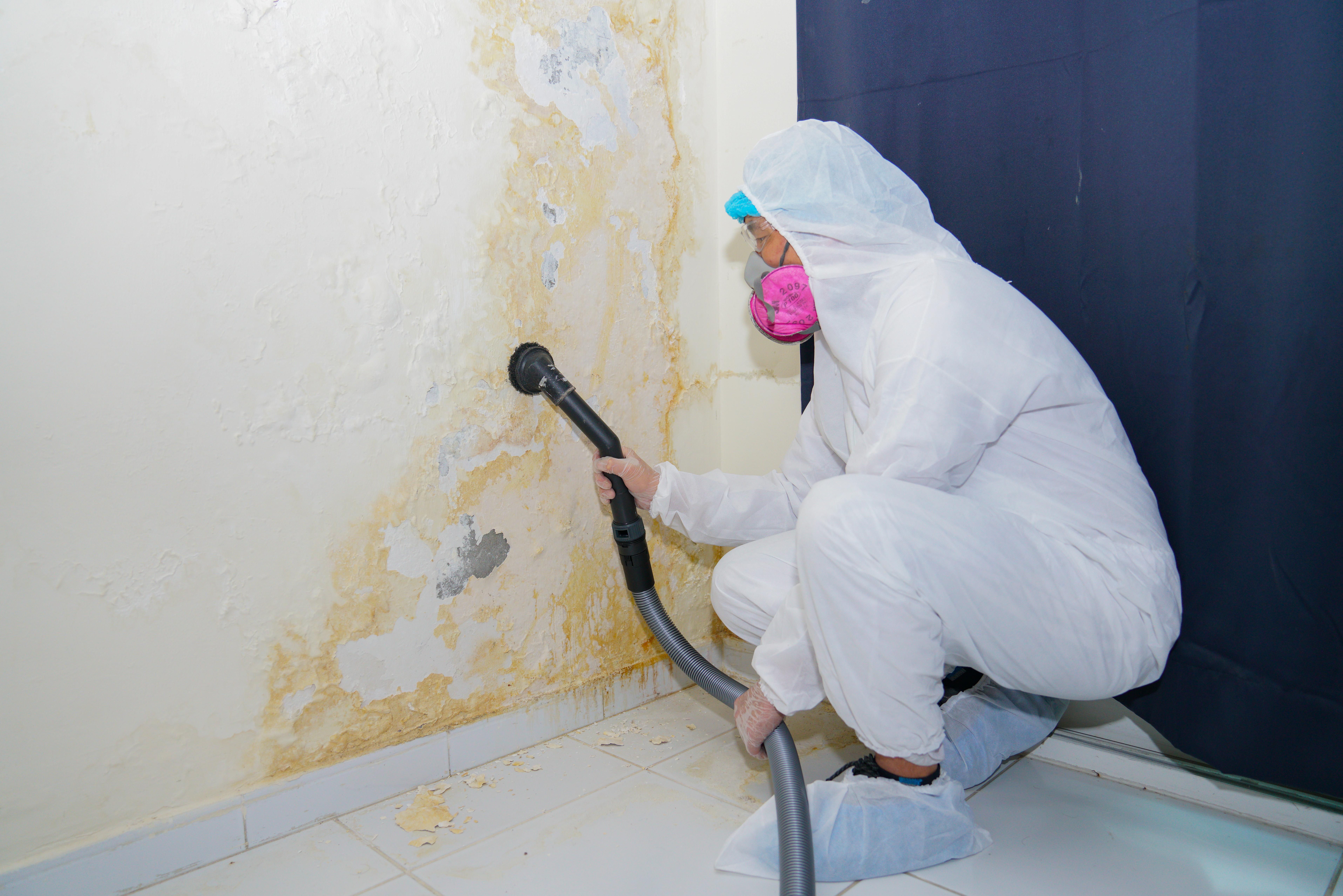Specialist Tips for Article Mold Remediation Success
In the world of mold and mildew removal, efficiently getting rid of mold and mildew is just half the fight; the real difficulty lies in avoiding its reappearance. By sticking to experienced suggestions and best methods, people can safeguard their spaces versus mold rebirth and keep a healthy and balanced interior setting.
Display Moisture Degrees Consistently
Routine monitoring of humidity levels is necessary in making sure the effectiveness of message mold remediation initiatives. After completing mold removal procedures, maintaining optimal moisture degrees is critical to avoid mold re-growth and make certain a healthy indoor setting. Monitoring humidity levels allows for very early detection of any kind of spikes or changes that can potentially bring about mold renewal. High humidity levels over 60% develop a favorable atmosphere for mold to flourish, making regular monitoring an aggressive step to avoid any kind of future mold and mildew problems - Post remediation mold testing near me.
Additionally, establishing a routine schedule for moisture checks, particularly in high-risk locations such as restrooms, basements, and kitchen areas, is an aggressive method to mold and mildew prevention. By constantly monitoring moisture degrees, property owners can properly mitigate the danger of mold and mildew reoccurrence and preserve a healthy and balanced interior environment post-remediation.
Conduct Thorough Inspections Post-Remediation
Complying with the completion of mold and mildew removal procedures, it is important to conduct detailed assessments to validate the effectiveness of the remediation procedure. These post-remediation assessments are crucial in making sure that the mold and mildew issue has been effectively attended to which there is no recurrence or remaining mold growth. Examinations must be performed by certified professionals that have proficiency in recognizing mold and mildew and examining interior air high quality.
Throughout these assessments, numerous techniques such as visual analyses, air sampling, and surface sampling may be employed to completely evaluate the remediated locations. Visual evaluations involve a comprehensive inspection of the facilities to examine for any kind of noticeable indicators of mold and mildew growth or water damages. Air tasting assists in figuring out the airborne mold spore levels, while surface sampling can discover mold and mildew bits on surfaces.
Implement Correct Air Flow Techniques
After making certain the effectiveness of the mold removal procedure via thorough inspections, the next vital step is to focus on executing appropriate ventilation strategies. Ample ventilation is vital in stopping mold and mildew reoccurrence by controlling dampness levels and promoting air flow.
Appropriate ventilation not just help in preventing mold and mildew growth but likewise contributes to the general health and wellness and comfort of passengers. By making certain adequate air flow throughout the residential or commercial property, you can minimize the risk of mold regrowth and create a healthier living atmosphere.

Use Mold-Resistant Products for Repairs
To boost the long-term efficiency of mold removal initiatives, incorporating mold-resistant products for repair work is vital in minimizing the risk of future mold and mildew growth. Mold-resistant materials are created to stand up to dampness and prevent mold and mildew growth, making them an important selection for areas susceptible to dampness and moisture. When repairing locations influenced by mold and mildew, making use of products such as mold-resistant drywall, mold-resistant paints, and mold-resistant caulking can aid prevent mold and mildew recurrence.
Mold-resistant drywall is an excellent alternative to traditional drywall in areas like washrooms and basements where dampness levels are higher. This sort of drywall has an unique coating that resists mold and mildew development even when revealed to damp problems. Furthermore, using mold-resistant paints consisting of antimicrobial representatives can additionally inhibit mold and mildew development on walls and ceilings.
In locations where dampness is common, such as bathroom and kitchens, using mold-resistant caulking around home windows, bathtubs, and sinks can assist seal out water and avoid mold and mildew from taking hold in cracks and gaps. By purchasing these mold-resistant products throughout fixings post-remediation, you can considerably minimize the likelihood of future mold concerns and keep a healthier indoor setting.
Maintain Cleanliness and Address Water Issues
Ensuring sanitation and without delay resolving water issues are basic methods to maintain in guarding indoor spaces from mold reinfestation. After mold remediation, it is critical to keep a clean environment to stop the regrowth of mold and mildew (Post remediation mold testing near me). Normal cleansing, cleaning, and vacuuming can assist remove any type of sticking around mold spores and prevent them from multiplying and resolving. Additionally, keeping indoor rooms dry and addressing any water problems without delay is important in mold and mildew prevention. Leaks, water invasion, or high moisture levels can produce the excellent breeding place for mold, so it is necessary to fix any kind of water-related troubles promptly.
To preserve tidiness, take into consideration utilizing HEPA filters in you can check here vacuums and air cleansers to catch mold and mildew spores and avoid their blood circulation in the air. Making certain correct air flow in locations prone to moisture buildup, such as restrooms and kitchen areas, can assist keep humidity degrees in check. By remaining attentive concerning tidiness and resolving water problems without delay, you can successfully stop mold reinfestation and keep a healthy and balanced indoor environment.
Conclusion

In the world of mold and mildew removal, efficiently removing mold is only half the battle; the true difficulty exists in stopping its reappearance. After completing mold and mildew removal treatments, maintaining ideal moisture degrees is essential to protect against mold and mildew re-growth and guarantee a healthy interior setting. High moisture levels over 60% produce a helpful setting for mold and mildew to flourish, making routine checking a positive procedure to prevent any kind of future mold problems.
To boost the lasting effectiveness of mold removal initiatives, integrating mold-resistant products for fixings is important in mitigating the risk of future mold and mildew development. After mold remediation, it is vital to keep a clean click to investigate setting to stop the regrowth of mold and mildew.